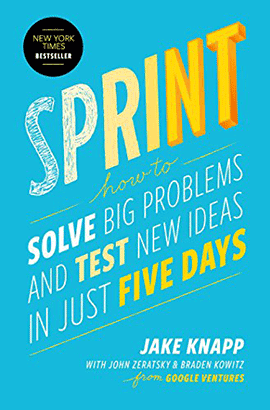Process: Sketching
UXmatters has published 5 articles on the topic Sketching.
Top 3 Trending Articles on Sketching
-
UX Research: Using Sketches in Asking Questions
September 10, 2018No CommentsYoung children communicate well visually. When they want to articulate something for which they simply don’t have words, they point to objects in their environment. When they want more food and their plate is empty, they point to their empty plate or slam their plate down onto the table to signal hunger. They are prompting their parents to visualize what they are asking for. Their parents see the empty plate and know they’ve just finished eating their food. Their child must be asking for more food.
Visuals are effective ways in which to communicate. Sometimes sketching is the fastest way to convey a need or ask a question. According to education professor John Hattie and cognitive psychologist Gregory Yates, people are not all just better visual learners or auditory learners. Lab studies show that people learn best when the stimuli they receive are from different types of media. Our brains are wired to integrate information in different modalities. When we want people to understand something that we are explaining to them, we can reinforce our meaning not just through words, but also through pictures and sounds. Read More
-
Book Review: Sprint
November 19, 2018 “Speed.” This was the unflinching response Sandy Cutler, former Eaton CEO who is now retired, gave at a public meeting in Manhattan roughly ten years when a Wall Street analyst asked what worried him the most. Taking his answer further, Cutler said he was concerned that, as the company swelled through both acquisition and organic growth—already to nearly 100,000 employees globally—it would slow down. To be competitive, the company needed to be as fast as its smallest competitor.
“Speed.” This was the unflinching response Sandy Cutler, former Eaton CEO who is now retired, gave at a public meeting in Manhattan roughly ten years when a Wall Street analyst asked what worried him the most. Taking his answer further, Cutler said he was concerned that, as the company swelled through both acquisition and organic growth—already to nearly 100,000 employees globally—it would slow down. To be competitive, the company needed to be as fast as its smallest competitor.People working in virtually every industry I’ve dealt with, in organizations from a few hundred to a hundred thousand, often say the same thing: “We’re too slow.” The fact is that, as you grow—even from a one-person show to a two-person partnership—your decision-making process becomes more complex and you begin to plant the seeds of bureaucracy. Left unchecked, bureaucracy seems to scale geometrically—the larger the organization, the more overhead bureaucracy requires. Workers need supervisors, those supervisors need managers, managers require directors, and on it goes. Read More
-
Generating Ideas | Your Versus My in User Interfaces
July 19, 2009This time, we’ll discuss two topics in Ask UXmatters:
Ask UXmatters answers our readers’ questions about user experience matters. If you want to read our experts’ responses to your question in an upcoming edition of Ask UXmatters, please send your question to: [email protected]. Read More